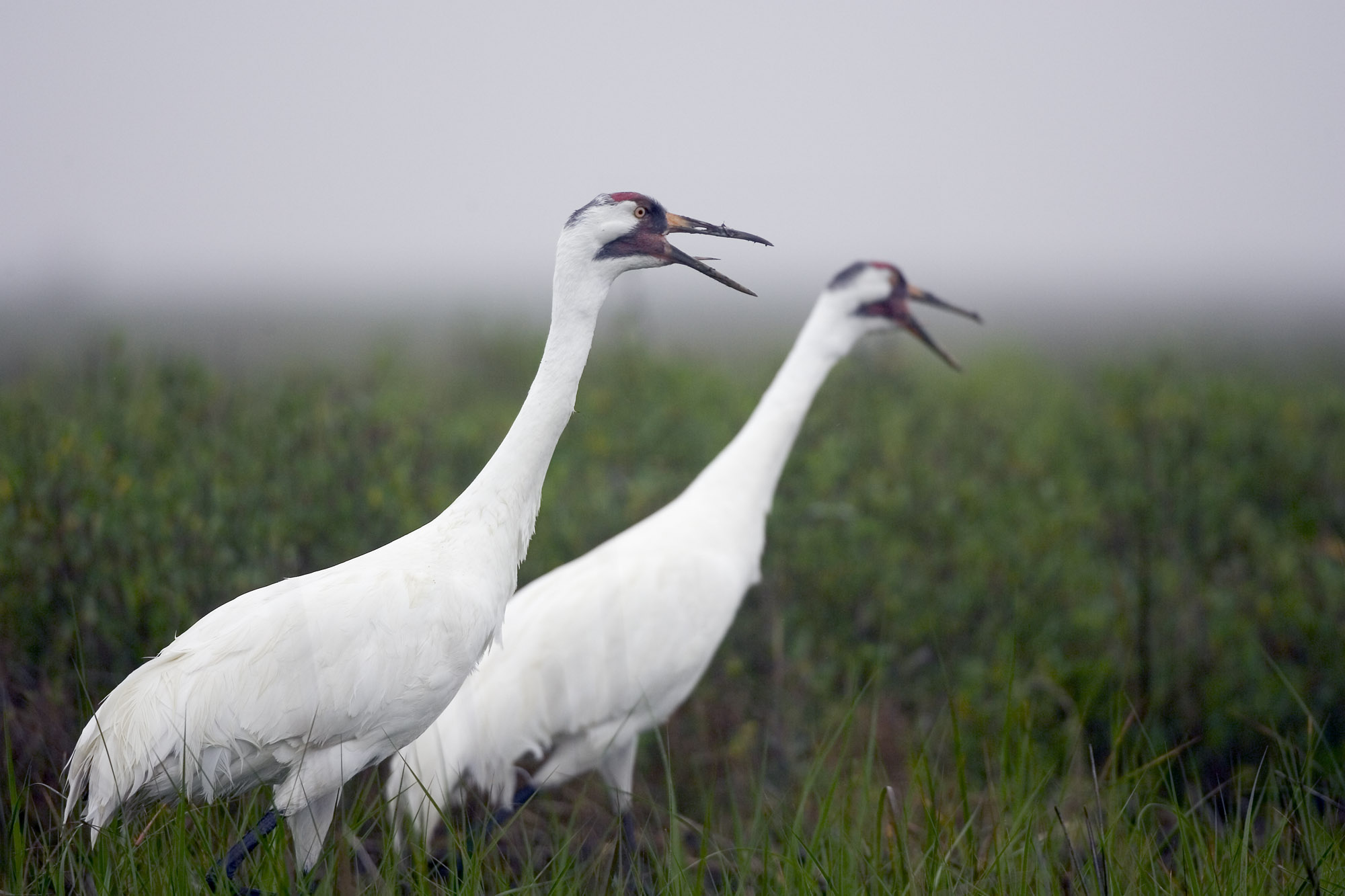State Parks: Hammock Camping
Monday, December 24th, 2012
Image from Hammock Forums, Saab Zombee
This is Passport to Texas
For some, the biggest barrier to overnight camping is sleeping on the ground. What if I told you there’s a new kind of camping allows you to sleep suspended over it instead? Our state park Guide Bryan Frazier has details on hammock camping.
51— I’m a little new to that, and had never really heard much about it. At Fairfield Lake SP recently, they had the fourth annual hammock camping event there – the Texas Society of Hammock Campers – and it’s really something that’s caught on with lots of people. It’s very stewardship driven; there’s extra care taken with nylon straps so that the hammock does not damage the trees. There’s minimal to no damage on ground resources and so the footprint is much, much smaller, and you’re camping suspended in a hammock with a tarp cover. There’s a whole group that’s doing it; you can find out more at www.hammockforums.net. It explains all about it…gives the details of it…talks about some of the events and how you can get involved. It’s an interesting way and a new way to enjoy parks all over. But here in Texas, it’s a growing trend and I think something that’s going to catch on even more.
Thanks, Bryan.
That’s our show for today…with funding provided by Chevrolet, supporting outdoor recreation in Texas; because there’s life to be done.
For Texas Parks and Wildlife…I’m Cecilia Nasti.






 Passport to Texas is a
Passport to Texas is a  Passport to Texas is made available by:
Passport to Texas is made available by: